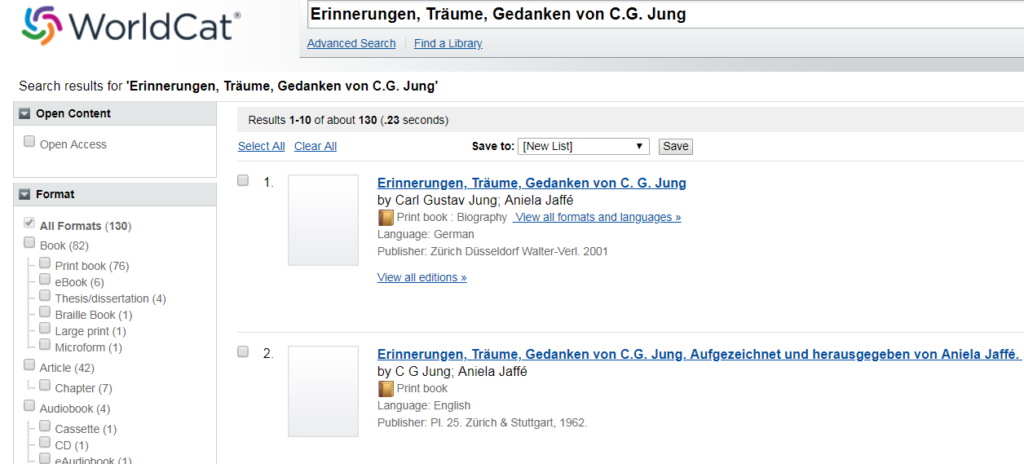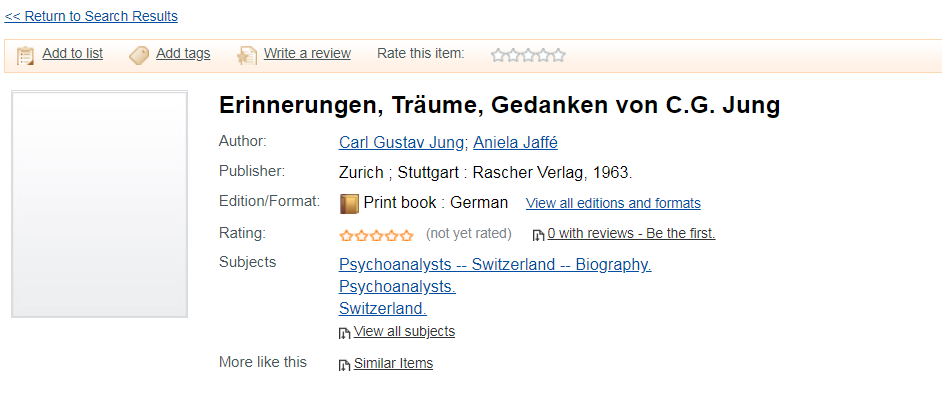As a high school student, I stumbled across A Blueprint for Teen-Age Living in a recessed shelf of the library. The book was older than I was with a spine unbroken. Despite these red flags, I believed this William C. Menninger author might have some wisdom for the ages.
The breezy illustrations failed to track against the daily dramas unfolding around me in those years, and its advice did not seem to be applicable to peers. No one else was consulting a book on how to behave. One of the 7 signs of maturity was the ability “to deal constructively with reality.” Real life never arranges itself as in a guide to behavior, so to deal with reality, I began to disregard the Blueprint advice. Let’s just say that A Blueprint did not open any doors.
Happily, as a manuscript editor, I have access to guidebooks that not only open doors but also resolve questions. With the impending arrival of the AMA Manual of Style 11th edition comes the opportunity to take a brief peek at the first edition, which is of about the same vintage as that guide for teenagers.

The typeface on the cover is, like the illustrations in A Blueprint, deceptively breezy. The book gets down to business. Even a quick look shows that the book arranged itself according to the real life of an editor. Written by director John H. Talbott, MD, for the Scientific Publications Division, this 70-page Style Book was produced in 1962 for an in-house audience. Stapled with a green cover, it has the look and weight of a fundraising cookbook from church. The Foreword (spelled “Foreward,” a potential mash-up of “foreword” and “forward”) indicates that numerous blank spaces appear on pages for additions the user may wish to enter. How thoughtful, but the version in hand must be a facsimile edition because all pages are jam-packed with scant space for additions.
The Style Book consists of 25 sections, mostly about the conventions of punctuation, with excursions into italics, laboratory values presented as cc instead of mL, drug names, and proofreader’s marks (perhaps the most constant of all sections). The Style Book shouts. CORRECT USAGE. INTERROGATION MARKS. FOOTNOTES. What became of the cover’s breeziness? The CORRECT USAGE section 9 lists “lipid: noun” and “lipoid: adjective,” and “mucous: adjective” and “mucus: noun.” These distinctions have evaporated over the years. In contrast, Section 9.16 advises for “over”: “‘more than’ preferred when numbers are used,” which appears to be an eternal directive.
The current manual directs us not to use a colon if a sentence is continuous without it. No such ruling appears in the first edition, which mentions colons as an indication of an explanation or enumeration to follow, as an introduction to a formal direct quotation, or to separate numbers in time of day, biblical references, and parts of numeric ratios. The book does use colons even when the sentence would be continuous without. In at least one place, the verb “are” is followed by a colon then its predicate nominative string.
One change that won’t surprise those of us in house is the guidance about numbers. NUMBERS 16.00 indicates “In the text all numbers from one through ten should be spelled out.” Current style is to use numbers, which still surprises many authors who return proofs with the instruction to spell out numbers. Another minor change is in capitalization after a colon. CAPITALIZATION 4.00 directs that the first word after a colon in a reference gets capitalized. Now the opposite is true.
In current Common Usage, “utilized” is not preferred because “use” is concise. The Style Book has plentiful examples of “used,” but “utilized “makes at least 1 surreptitious appearance.
It may sound odd to personify a book, but the Style Book has become surer of itself in the last 58 years. I believe it must have gone through the 7 signs of maturity. The original Foreword claims that “Few of the rules contained in this book are inviolable” and that the book “is not to be static,” modest claims presented with a certain authority, not to mention an admirable realism. The current Foreword focuses on the need for communicative writing and the manual’s standing as a more extensive and comprehensive manual than earlier editions.
The upcoming Foreword characterizes the manual as indispensable for medical journalism and communication, which embodies being “not static.” The new manual is 17 times the size of the 1962 edition, whose Foreword also presented the optimistic expectation of a new edition every year. Unlike A Blueprint, the community of users was accurately assessed. I imagine that even in 1962, people who consulted the Style Book felt like part of a community centered around this makeshift blueprint for science editing. Now the community of users extends around the globe. The AMA Manual of Style also opens doors, not just for editors but also for conversations between editors and authors.–Timothy Gray






